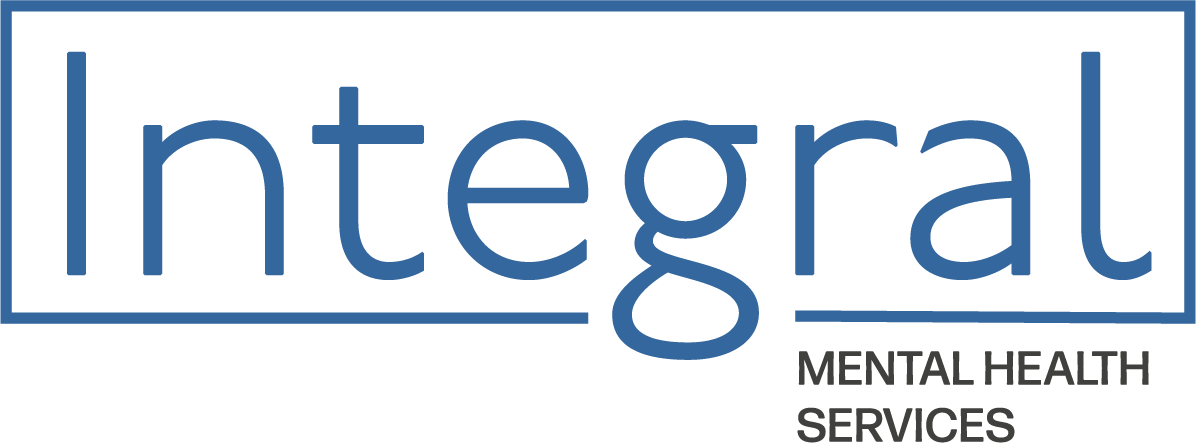The Dance of Disclosure
Communicating about your disability is a complex process, even if you breeze through it without a second thought. The decisions around whether to disclose, how, and when can be extremely stressful for some.
Disabilities exist on a spectrum from visible to invisible. Visible disabilities, like using a wheelchair or white cane, are immediately apparent to others. Invisible disabilities, like seizure disorders, fly under the radar.
Visibility is about control and burden. The more visible the disability, the less control you have over disclosure. This lack of control can be profoundly difficult. You fear your identity is being hijacked as others make assumptions about your capabilities before you've uttered a word. The injustice is inescapable and painful.
Invisible disabilities often lead to confusion and skepticism from strangers. "Why does she get priority boarding?" "Can't he read the restroom sign?" Those with invisible conditions constantly find themselves explaining intimate aspects of their lives in a way others never have to. These interactions can feel like a thousand tiny pin pricks slowly draining your energy.
Then there's employment. Disclosing to an employer is a complicated, dynamic balancing act of pros and cons. Legally, you're not required to disclose, but you can't request legal accommodations without doing so. The timing affects what you stand to gain or lose, and every request carries paired fears of discrimination.
There's no universal right way to manage disclosure. These are deeply personal decisions, if they're decisions at all. Awareness of the stressors, emotions, and normalcy of this experience is critical for fostering mental health. Identifying the nuanced thoughts and emotions in navigating disclosure reminds you of your full humanity, even when the world might only see your disability. While society's reaction is far from kind or just, your response defines you, not your disability.
